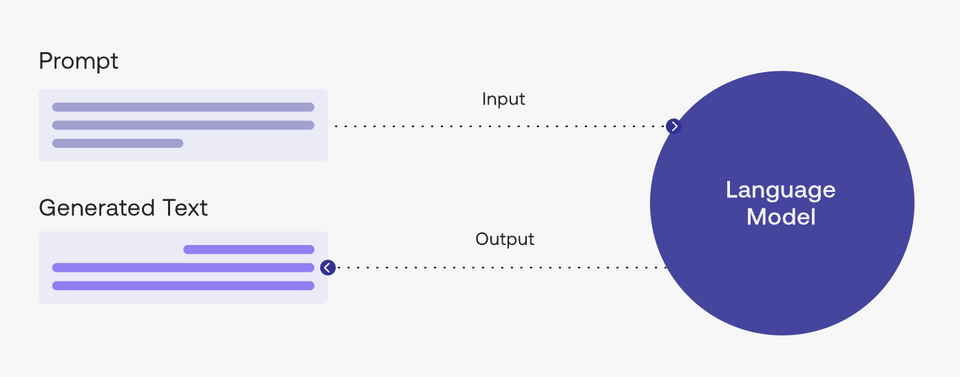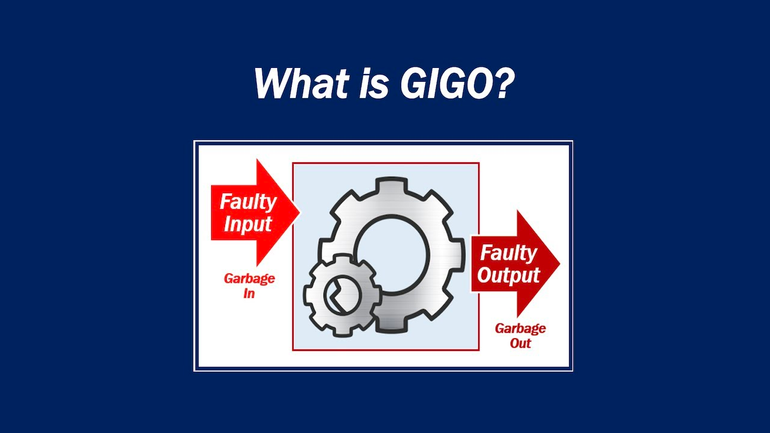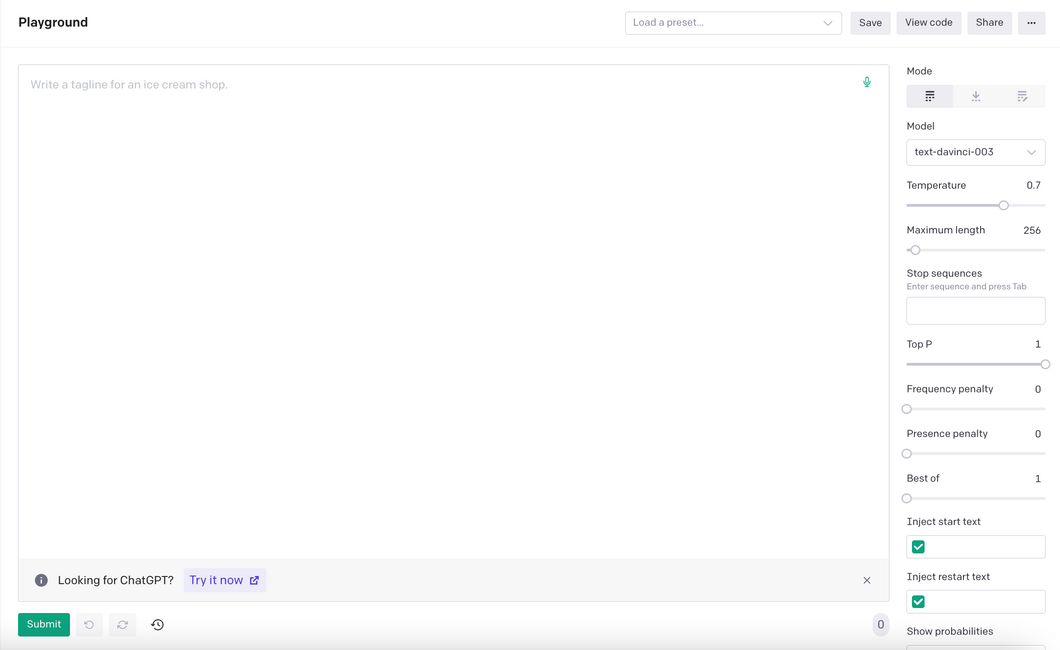Create unique and with ChatGPT
Search and store tool for Chat GPT Prompt
Create unique and engaging and with ChatGPT, a pre-trained language model by OpenAI for generating high-quality and accurate content.
Creating Mapping Solutions for Language Code Interfacing with External Data Source or Format
Propose a data transformation or mapping solution for the given [language] code to interface with [external data source or format]: [code snippet].
Effective Strategies for Integrating [Language] Code with External Systems or API: An Opinion
Suggest a strategy for integrating the given [language] code with [external system or API]: [code snippet].
Using [language] for API Interaction: A Quick Guide
Write a [language] code to interact with the following API: [API documentation or reference].
Best Practices for Structuring a RESTful API in [Language], Including [Code Snippet]
Propose a RESTful API structure for the given [language] code that follows best practices: [code snippet].
How to Write an Effective API Reference for Any Programming Language
Write an API reference for the following [language] code: [code snippet].
Navigating the Codebase and Development Process of Open-Source Project in [Language]
Provide guidance on navigating the codebase and development process of the given [language] open-source project: [repository URL or project description].
Effective Techniques for Remote Pair Programming and Code Review Sessions Among Distributed Developers
Propose techniques for remote pair programming and code review sessions among distributed [language] developers.
Best Encryption and Hashing Algorithms for Securing Sensitive Data in [Language] Code: [Code Snippet]
Suggest encryption or hashing algorithms to secure sensitive data in the given [language] code: [code snippet].
Analyzing the Security of [Language] Code in Compliance with Specific Industry Standards: [Code Snippet]
Analyze the security of the given [language] code in the context of [specific industry standards or regulations]: [code snippet].
Improving [language] Code Security Against Common Threats: Proposed Changes in Snapshots
Propose changes to the given [language] code to improve its resistance to common security threats (e.g., SQL injection, XSS, CSRF): [code snippet].
How to Evaluate Security of a Programming Code and Suggest Improvements
Evaluate the security of the given [language] code and suggest improvements: [code snippet].
Analyzing [Language] Code Performance in Different Environments and Hardware Configurations
Analyze the performance of the following [language] code in different environments or hardware configurations: [code snippet].
Improving Memory Usage of [Language] Code: Proposed Changes
Propose changes to the given [language] code to improve its memory usage: [code snippet].
Identifying Performance Bottlenecks & Optimizations in [Language] Code
Identify performance bottlenecks in the given [language] code and suggest optimizations: [code snippet].
Enhancing Code Architecture and Functionality with Design Patterns
Propose a combination of design patterns that can be used to enhance the given [language] code's architecture and functionality: [code snippet].
Evaluating the Effectiveness of Design Patterns in Code: A Critical Analysis
Evaluate the effectiveness of the [design pattern] in addressing the specific requirements or constraints of the given [language] code: [code snippet].
Design Pattern to Optimize [Language] Code Performance for [Specific Task]: [Code Snippet]
Suggest a design pattern to optimize the performance of the given [language] code handling [specific task or operation]: [code snippet].
Pros and Cons of Two Design Patterns in [Language] Code: A Comparison
Compare the pros and cons of using [design pattern 1] vs [design pattern 2] in the context of the given [language] code: [code snippet].
Applying Design Patterns in Code: Solving Specific Issues with [Language]
Explain how the [design pattern] can be applied in the given [language] code to address [specific issue or challenge]: [code snippet].
Suggesting Alternative Design Patterns for [Language] Code - Enhance Code Performance and Offer Better Benefits
Suggest an alternative design pattern for the given [language] code that may provide additional benefits: [code snippet].
What is “prompt engineering”?
A “prompt” is the input that guides a generative AI model to generate useful outputs. Generative AI tools like ChatGPT, GPT, DALL·E 2, Stable Diffusion, Midjourney, etc. all require prompting as their input.

In a natural language processing (NLP) context, “prompt engineering” is the process of discovering inputs that yield desirable or useful results. As is the story with any processes, better inputs yield better outputs; or commonly said another way “garbage in, garbage out.”


Become a prompt researcher instead of engineer
- If you’re already a subject matter expert in something, consider figuring out how to apply your personal skills to generating the best prompts in your field
- For example, if you’re an expert in SEO, what questions do you ask yourself when creating SEO strategies? How can you translate this knowledge into better prompts to generate the same level of output with AI?
Become a prompt researcher instead of engineer
- The term prompt engineer glosses over the idea that prompt formulation takes hypothesizing, research, result measurement, and repetition. Instead, approach prompting like a research project.
- Try as many different variations and formulations of your prompt as possible. One problem can have hundreds of solutions and one solution can have hundreds of approaches. The same can be said of prompting.